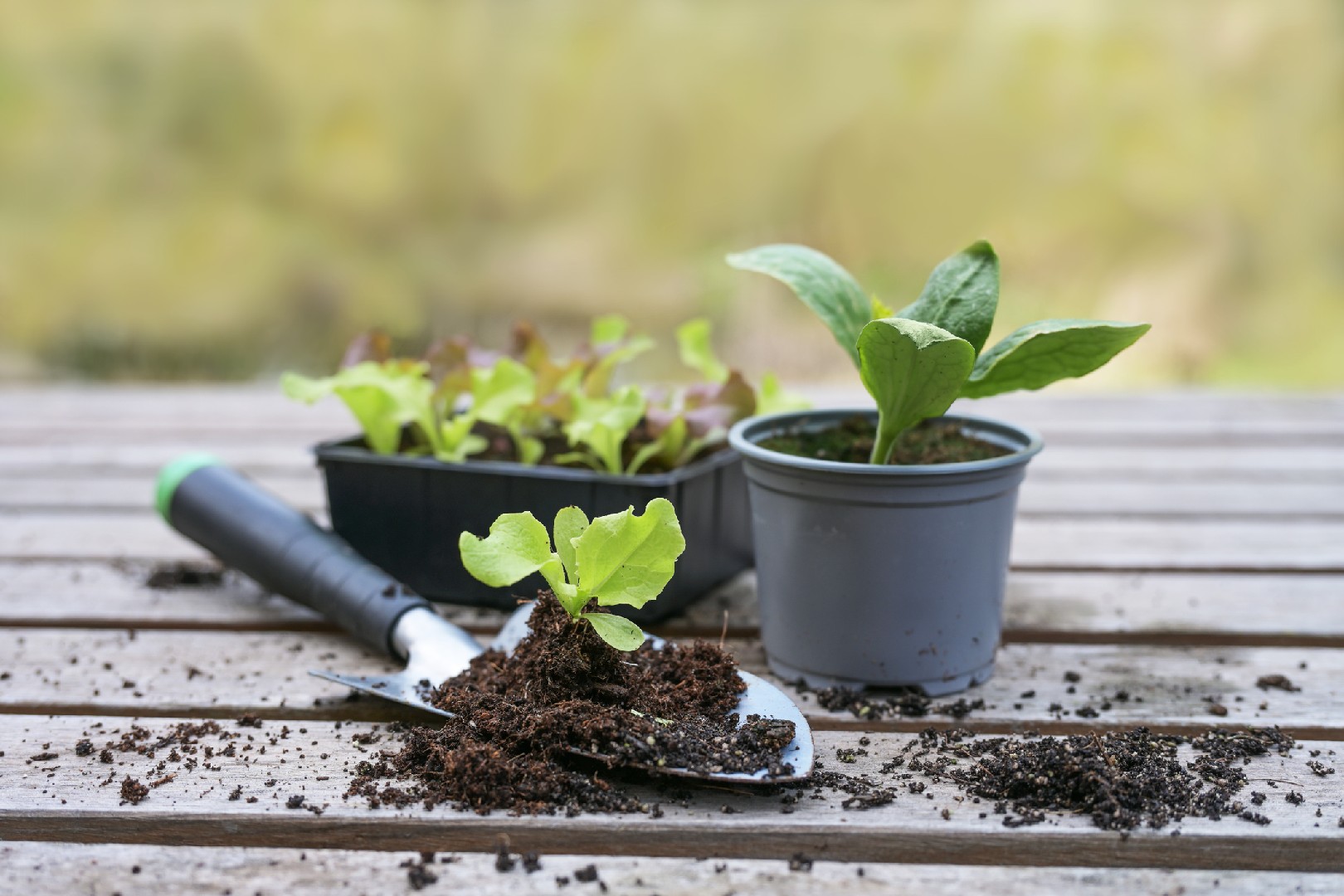![Rectangle]()
Bringing It Home: Companion Planting in Practice
Bringing companion planting into practice in your own edible garden can be a rewarding and beneficial experience. By following some practical tips and understanding the strategies used in successful companion planting case studies, you can create a thriving and productive garden.
When it comes to choosing suitable plants for your specific location and conditions, there are a few key factors to consider. First, take into account the amount of sunlight your garden receives throughout the day. Some plants thrive in full sun, while others prefer partial shade. By grouping plants with similar sunlight preferences together, you can ensure they receive the optimal amount of light.
Another important consideration is soil type and acidity. Certain plants prefer acidic soils, while others prefer alkaline soils. Conduct a soil test to determine the pH level of your garden soil and choose companion plants that have similar soil requirements. This will help prevent nutrient deficiencies and promote healthy growth.
In addition to sunlight and soil conditions, consider the growth habits of the plants you want to pair together. Tall plants can provide shade or wind protection for smaller, more delicate plants. For example, planting sunflowers or corn alongside tomato plants can offer them much-needed shade during hot summer months.
Now let's explore some success stories of edible gardens using companion planting. One notable case study is the Three Sisters planting technique used by Native American tribes for centuries. This method involves planting corn, beans, and squash together in the same plot. The corn provides a natural trellis for the beans to climb, while the beans fix nitrogen in the soil for the other plants. The squash acts as a living mulch, reducing weed growth and moisture loss. This intercropping technique not only maximizes space but also creates a balanced and sustainable ecosystem.
Another success story comes from the concept of trap cropping. This involves planting sacrificial crops that attract pests away from the main edible plants. For example, planting marigolds alongside tomatoes can help deter nematodes and other harmful insects. By strategically using trap crops, gardeners can protect their valuable crops without resorting to chemical pesticides.
Looking forward, companion planting is evolving with new trends and innovations. One emerging trend is the use of beneficial insect-attracting plants. These plants attract pollinators and beneficial insects, such as ladybugs and lacewings, which help control pests naturally. Incorporating flowers like calendula, lavender, and yarrow into your garden not only adds beauty but also enhances the overall health of your plants.
Additionally, incorporating cover crops into your companion planting system is gaining popularity. Cover crops like clover and buckwheat can be planted during fallow periods to improve soil fertility, prevent erosion, and suppress weeds. They can also act as living mulch, providing a protective layer to conserve moisture and regulate soil temperature.
In conclusion, implementing companion planting techniques in your edible garden can greatly benefit your plants and increase overall productivity. By considering factors like sunlight, soil conditions, and plant growth habits, you can create harmonious plant communities that support each other's growth. Learning from successful case studies and embracing new trends in companion planting will continue to enhance the effectiveness of this age-old practice. So go ahead and start experimenting with companion planting in your own garden to experience the rewards first hand!





